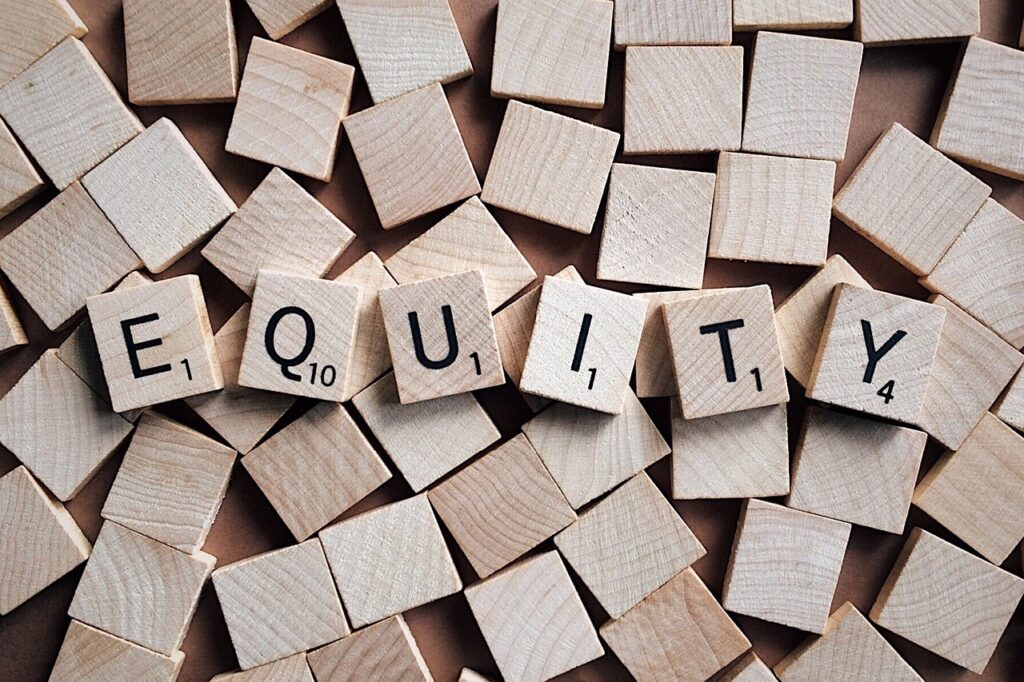Childcare reform in Australia has been making headlines, with the government rolling out initiatives to ease the financial burden on families. The ACCC’s report on childcare pricing and the Productivity Commission’s recent inquiry have both sparked conversations about how we can make early childhood education and care (ECEC) more affordable. But is affordability the only barrier? Are we truly addressing the real-world challenges faced by families, or are we merely scratching the surface?
In my experience, these reports miss the mark when it comes to true equity, leaving countless children and families on the fringes. In this blog, I’ll break down where these reports align, where they diverge, and most importantly, what they overlook—specifically, the deeper issues of accessibility and inclusion that go beyond finances.

What the Reports Agree On
Both the ACCC report and the Productivity Commission agree on key areas, particularly around reducing out-of-pocket expenses for families. The ACCC report praises the government’s Cheaper Child Care measures, which have reduced costs by an average of 11% for Centre-Based Day Care and similar reductions for other types of care(Ministers’ Media Centre)(Anne Aly). Similarly, the Productivity Commission recommends universal access to three days of early childhood education(Jason Clare), moving Australia closer to a more accessible system.
Both reports also highlight the need for government oversight in price monitoring, with the ACCC suggesting naming and shaming providers who hike fees excessively(Anne Aly). There’s also an alignment on improving access for vulnerable cohorts—both acknowledge the importance of extending targeted support to First Nations families and underserved regions(Ministers’ Media Centre).

But Here’s What’s Missing: Equity
Both reports, while progressive, fail to address the full scope of what equity truly means. Equity is not just about making things affordable for everyone; it’s about recognising that different families need different types of support to access the same opportunities. The Human Rights Commission’s definition of equity underscores this: equality gives everyone the same, but equity gives people what they need to succeed.
Yet, neither report dives into the non-financial barriers that many families face. Families dealing with mental health challenges, intellectual disabilities, or complex family dynamics often find themselves unable to access childcare, even if it’s affordable. I know this all too well from personal experience. Growing up in a home affected by poverty, mental illness, and substance abuse, I often found myself outside the systems designed to help because my parents simply weren’t present, engaged or capable of navigating those systems. Programs like the ones mentioned in these reports would have meant nothing to me because I couldn’t access them without my parents signing up.
Where’s the mention of the children left behind when parents can’t or won’t engage? Where are the systems for kids who need access to education but don’t have the adults to advocate for them?

Real Stories from the Gaps in Policy
Many programs, children cannot access services without parental involvement. For children like me, whose parents were either absent or incapable, that meant zero access. Even today, the system still operates this way. A parent’s intellectual disability or refusal to engage with the system can lock a child out of the care they desperately need. These aren’t just exceptions; these are real-world issues that thousands of children face, yet they seem invisible in these reports
What Does True Equity Look Like?
To achieve true equity in childcare, we need a system that caters to every family, no matter their background or circumstances. This includes:
- Removing barriers for children whose parents can’t engage, whether due to mental health issues, intellectual disabilities, or other complexities.
- Flexible solutions for families in crisis—those who are couch-surfing, dealing with substance abuse, or grappling with long-term unemployment.
- Accessibility beyond affordability, ensuring that services are physically and intellectually accessible, and that there are pathways for children to access care without requiring parental gatekeepers.
The Productivity Commission and ACCC are working toward important reforms, but these are still framed through the lens of privilege. Their proposals seem to assume that once you make childcare affordable, families will naturally be able to take advantage of it. But the reality is much more complex. For families dealing with trauma, mental health issues, or a complete lack of support, childcare affordability is just one piece of the puzzle.

Why This Matters
When we talk about childcare reform, it’s easy to focus on the financial side because it’s tangible. But we need to think about the children who fall through the cracks. I was one of those children. We cannot continue to design systems that leave children behind.
What’s Next?
If we’re serious about making childcare accessible for all, we need to push policymakers to address the hidden barriers. We need:
- A system that doesn’t rely on parental engagement for access.
- Better integration with social services to identify and support children from chaotic or unengaged households.
- A broader definition of accessibility, one that goes beyond financial support and includes mental, emotional, and logistical access.
The ACCC report and Productivity Commission are steps in the right direction, but without addressing the deeper inequities, these reforms will fail to reach the most vulnerable children. Equity is not just about making things cheaper; it’s about making sure everyone can actually benefit from the services on offer. It’s time to think beyond affordability and start building a system that works for all – especially the children without a voice.




